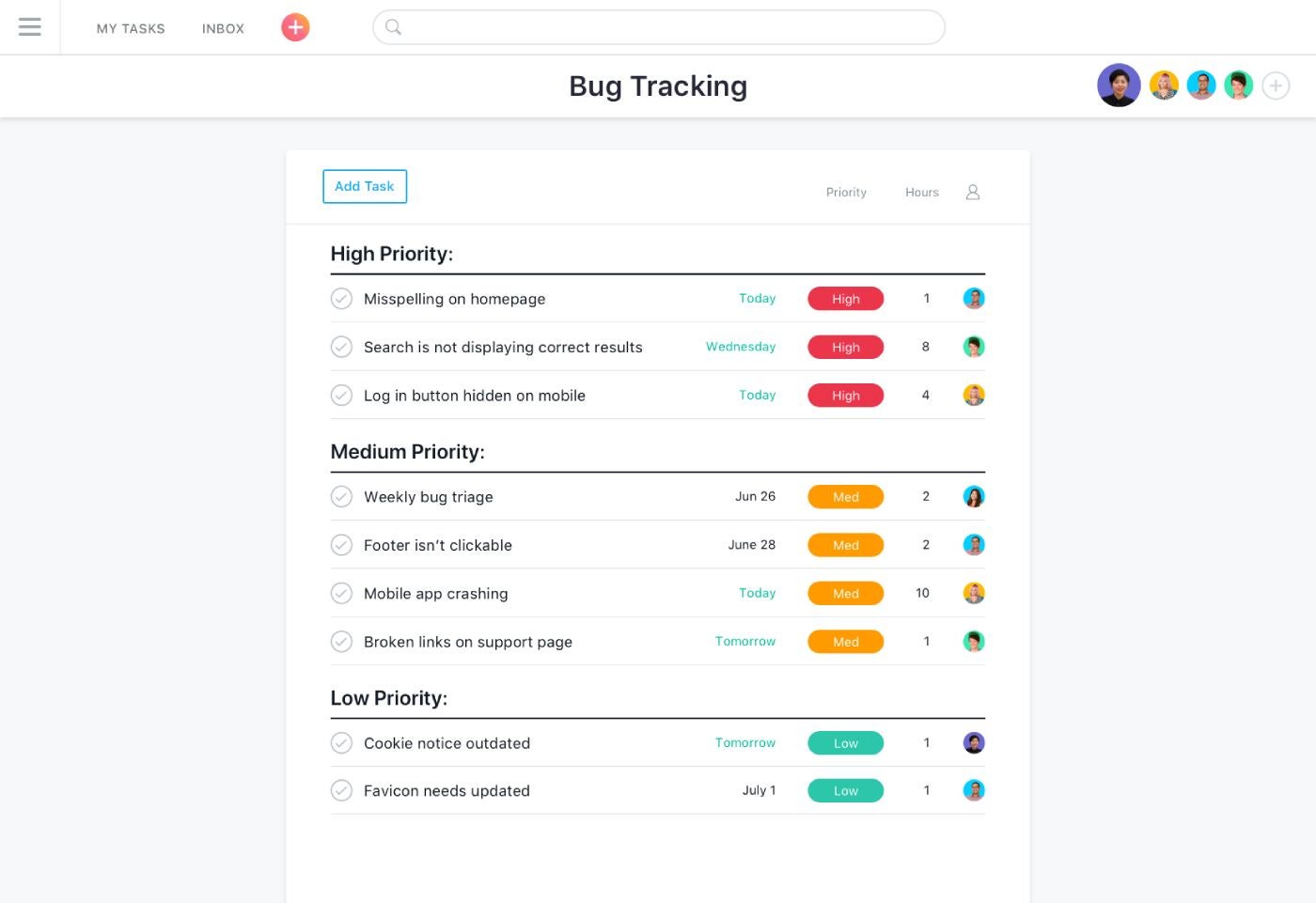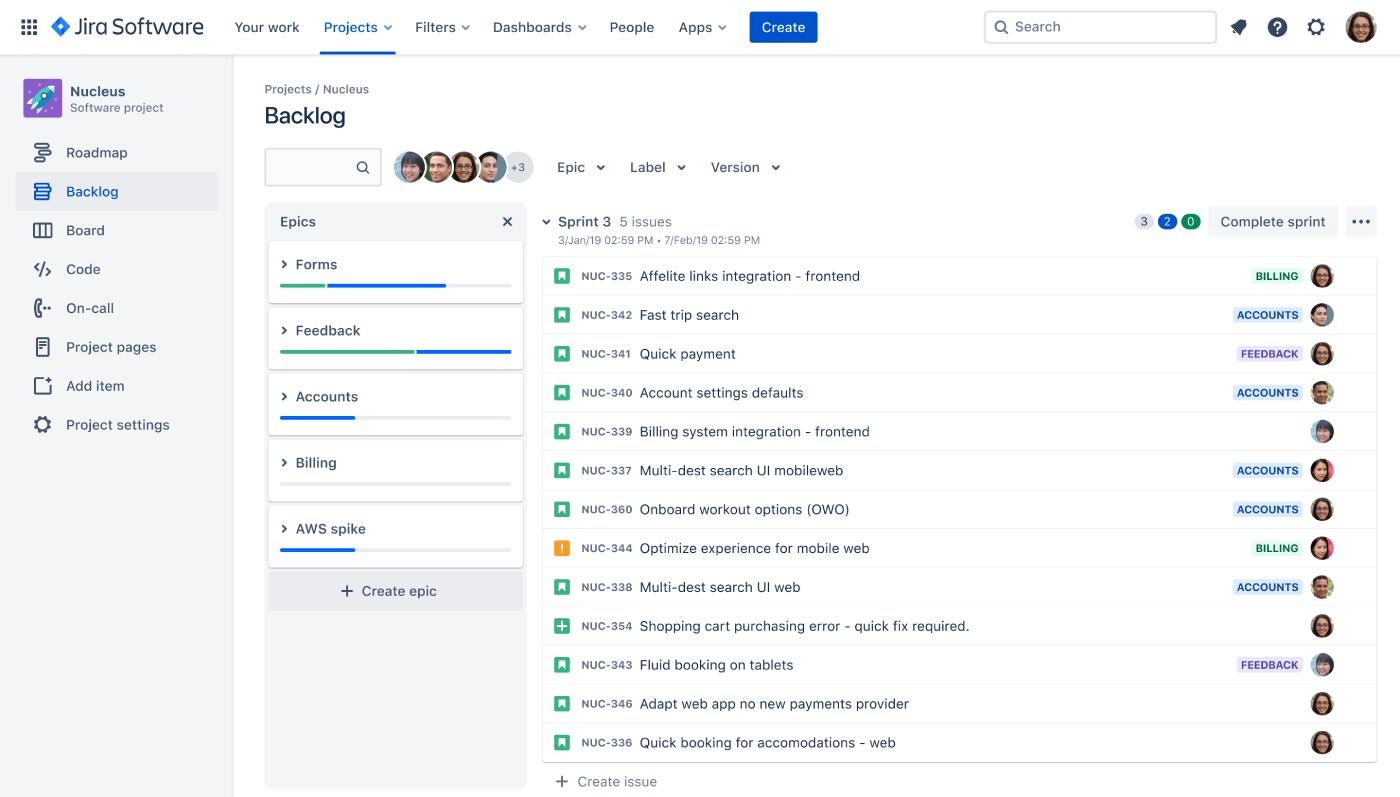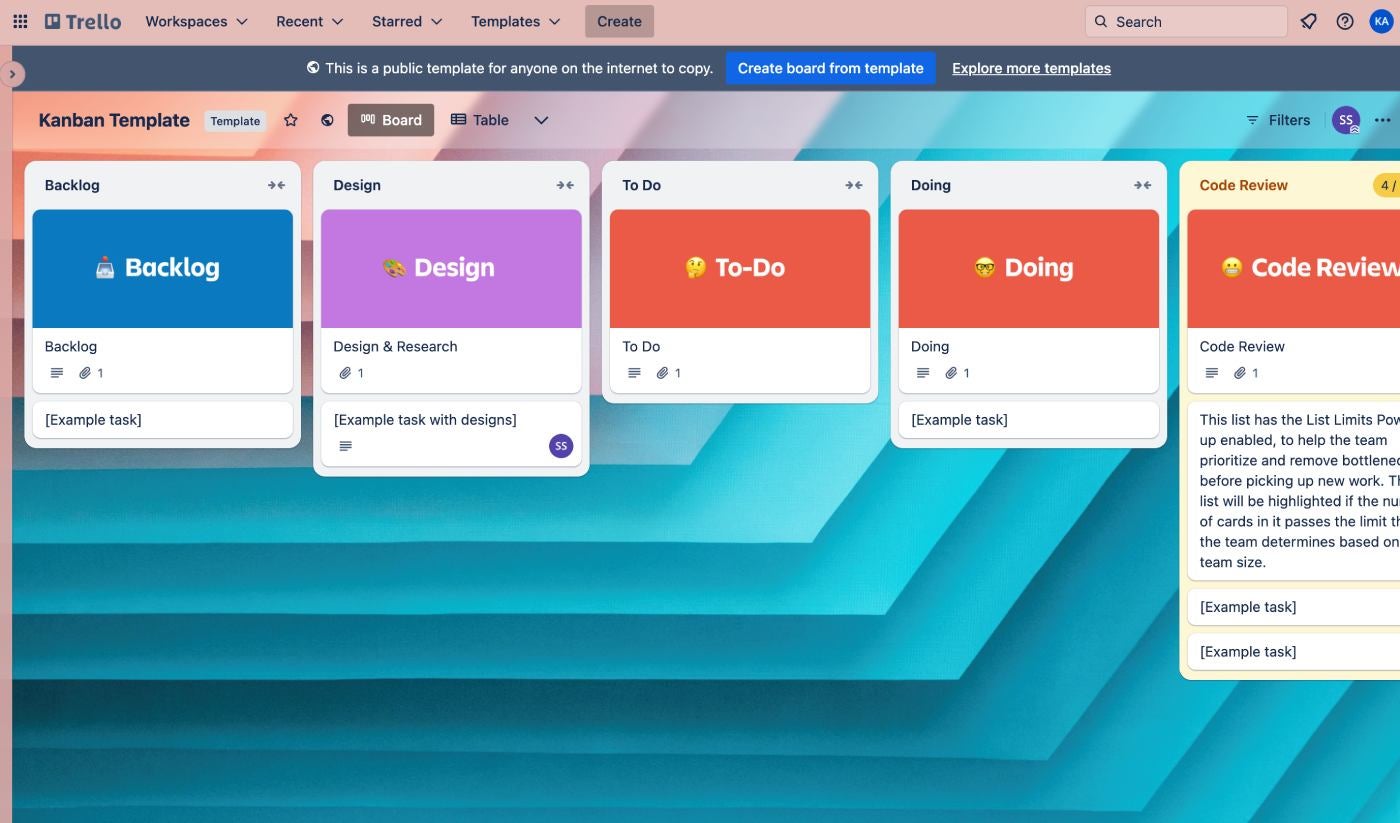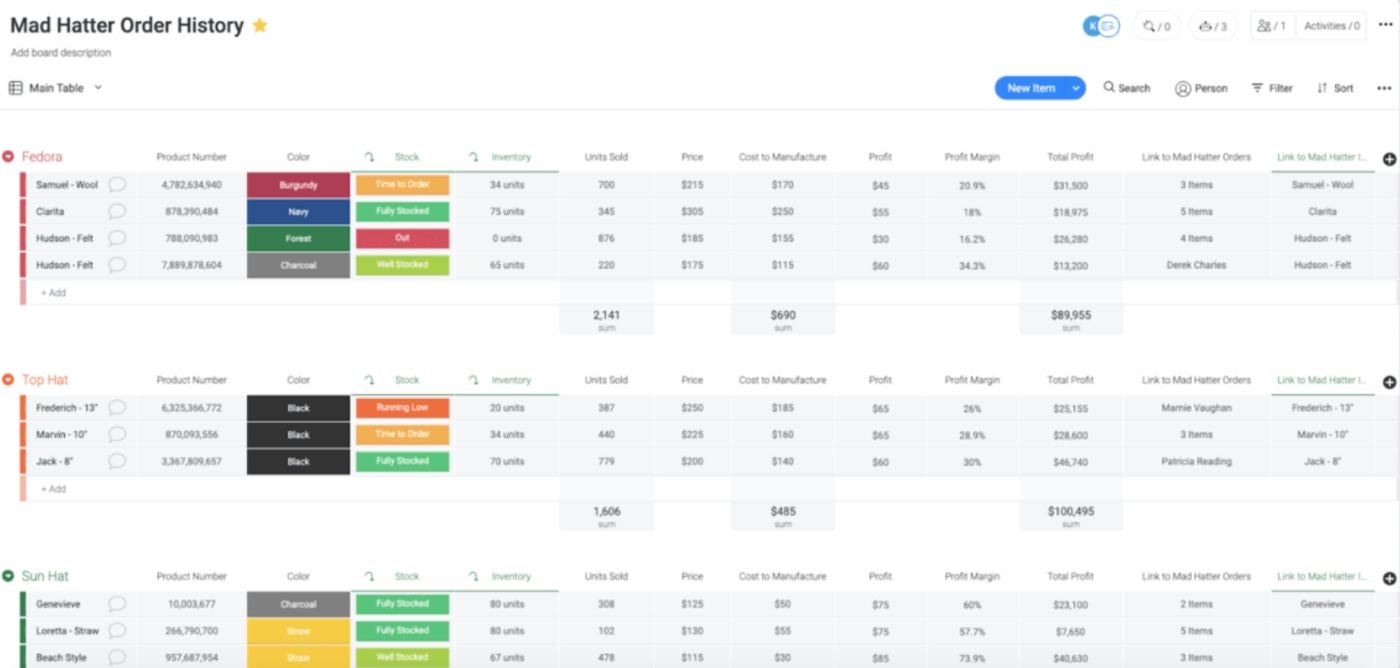
Choosing the right project management methodology can hugely improve your team’s efficiency and production — while choosing the wrong methodology will have exactly the opposite effect. With so many different project management methodologies available, it can be tough to choose which one is the right fit for your project. In this guide, we break down the five most popular project management methodologies to help you decide.
A project management methodology is a set of tools and techniques that help teams organize projects and get work done efficiently. Each project management methodology takes a different approach to creating workflows and processes and structures deliverables and deadlines differently.
The waterfall methodology is a highly structured and regimented process. Unlike some other flexible project management methodologies, where teams can move back and forth between phases, waterfall requires you to complete one step before moving on to the next. Each phase cascades to the next one like a waterfall, as you can see in the screenshot from Wrike, which is a waterfall project management tool.
The five phases of the waterfall methodology include requirements, design, implementation, verification and maintenance. In the requirements phase, the team outlines the essential demands that the project must meet. In the design phase, the team designs solutions to meet these requirements. In the implementation phase, the team selects one of the designs and actually creates it. In the verification phase, the team tests the product build to make sure it meets the requirements. In the maintenance phase, the team continues to fix errors and improve the product after it launches.
The waterfall methodology is a good choice for teams that are working on projects that require a high degree of precision and reliability, such as the manufacturing, construction and aerospace industries. This approach is best used when the project has a clear budget, timeline and requirements up front and the client is unlikely to make changes to these parameters partway through the project.
Agile is a collection of multiple project management methodologies, including Scrum, Kanban and Lean. Agile project management software focuses on using incremental steps to iterate a project and quickly adapt to change. There are no set phases like the waterfall methodology, and teams can move back and forth between the various steps as needed. Agile also prioritizes continuous feedback from all stakeholders throughout the entire process.
There are four main principles of agile, as laid out in the Agile Manifesto for Software Development, which was originally published in 2001. The four principles are:

Agile is a good approach to use when the project has ambiguous requirements and the stakeholders want to be very involved in the development process. Agile is best used on projects that don’t have tight deadlines, since the iterative approach often prolongs the process. Agile can also help foster cross-functional team collaboration if you are looking to improve that.
Scrum is a specific agile methodology that encourages teams to self-organize in order to work towards a goal. Scrum gets its name from rugby and borrows multiple principles from the sports world, such as learning from experience and adapting to change. A scrum team is composed of a scrum master, who educates the team about scrum and leads scrum meetings; a scrum product owner, who oversees the product log and sprint planning; and developers who actually create the software or product.
Scrum teams use particular tools called artifacts and specific events called ceremonies to get work done. The most important artifacts are the product backlog, which is a list of all work that needs to be done, ranked by priority; the sprint backlog, which refers to the most high-priority tasks that need to be accomplished by the next deadline; and the product increment, which is all the work completed in a sprint. Some common scrum ceremonies include spring planning, daily scrum meetings, sprint reviews, sprint retrospectives, and backlog grooming.

Most scrum sprints last one month or less, making scrum a good choice for products or features that can be completed quickly. Most scrum teams are also fewer than 10 people, so scrum is best suited for projects that don’t need a very large team to complete. Scrum also works for larger projects that can be broken down into smaller increments and then each assigned to a scrum team.
Kanban is another popular agile methodology that uses a highly visual kanban board to visualize workflows and track progress. The original kanban boards consisted of sticky notes on whiteboards, and while some teams still use this method today, many of them have switched to kanban software such as Trello that offer digital boards. Each kanban card represents a single task, and they are sorted into columns on the kanban board based on their status.
One of Kanban’s main principles is limiting how many tasks can pile up in one single stage of the workflow at any given time. This helps to prevent bottlenecks and their related delays and encourages the team to fully complete tasks before moving on to the next issue. Because of this, the product owner can also reprioritize the backlog as needed without disrupting the team. Once a task is completed, the worker selects another card from the backlog to work on.

Kanban boards are best used to manage discrete tasks that don’t overlap much or have many interdependencies. Kanban is also better for managing current work that needs to be completed in the near future; a different methodology may be more suitable for long-term strategic planning.
Lean manufacturing started at Toyota Production Systems in the 19050s and 1960s, and while it it’s still popular in manufacturing, it has since evolved into a more flexible project management methodology that is used across a variety of industries. Lean manufacturing has two main pillars: continuous improvement and respect for people.
Another quality that sets the lean methodology apart is that it prioritizes reducing waste and increasing efficiency. The eight types of waste that lean manufacturing seeks to reduce are: motion, inventory, waiting, defects, overproduction, transportation, over-processing and human potential.

Lean isn’t just a specific project management methodology, it’s an entire business philosophy, and as such it’s best implemented by companies who are fully committed to it. It works especially well for manufacturing but also has applications in health care, sales, marketing and software development.
The right project management methodology for your needs will depend on the nature of the project, the members of your team and the culture of your organization. There is no one-size-fits-all methodology that is the best choice for any project or situation, hence you need to carefully consider the context and requirements in order to select the project management methodology that fits them.
The same company or even the same team may choose a different methodology for each project as needed. For instance, the waterfall methodology may be used for a project on a tight deadline, while the kanban methodology might be used to clear a bunch of little tasks out of the queue. Some teams even blend together two different methodologies to create an approach that works for them.
Whatever methodology you choose, you’ll need the right software and tools to support it. Check out our expert picks for the top project management software to see what options are out there.